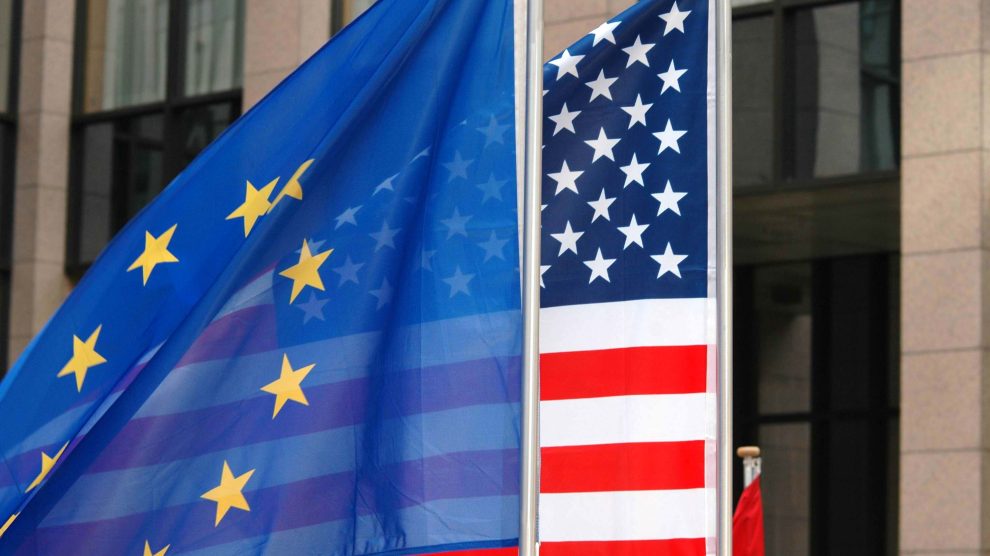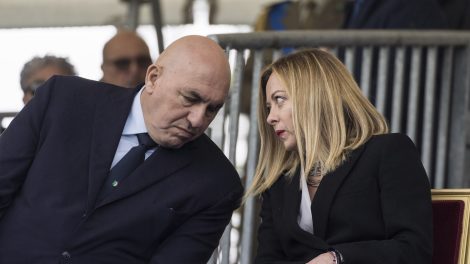Decoding the news. These are the reasons behind Italy’s decision to endorse the outcome of the talks held at Trump Turnberry Golf Course:
- The compromise on tariffs helps avert a full-blown trade war between the United States and the European Union, which could have severely affected key sectors of Italy’s export economy.
- The deal marks the end of a tense phase and preserves both the transatlantic economic interdependence and the geopolitical cohesion of the Western bloc.
What the Italian government is saying. “I view the fact that an agreement was reached positively, because a commercial escalation would have had unpredictable and potentially devastating consequences,” said Prime Minister Giorgia Meloni from Addis Ababa, where she is co-chairing a UN Food Security summit.
- In a joint statement released late yesterday and signed by Meloni and her two deputy prime ministers — Matteo Salvini (Lega) and Antonio Tajani (Forza Italia) — the government described the 15% tariff baseline as “sustainable.”
- That figure, including previous measures averaging around 5%, effectively translates into an incremental tariff of about 10% compared to current levels.
- “We need to look at the details,” government sources noted — a position echoed by Meloni, who stressed the need to verify possible exemptions for sensitive sectors such as automotive, pharmaceuticals, and agriculture.
Put it in the context. Meloni emphasised that constructive dialogue with the business community would be essential and that Italy would work alongside the EU to secure the “best possible” agreement.
- In Rome, officials expressed relief that a commercial showdown with Washington had been averted, noting that key issues — notably energy and investment — remain unresolved and will require further clarification before any final judgment.
Who pays the tariffs? According to Macrobond/PSC Economics:
- 53.2% of the burden falls on U.S. importers
- 29.1% on American consumers
- Only 17.7% on European exporters
Why it matters. Carlo Alberto Carnevale Maffè, economist at Bocconi University School of Management, estimates that the direct impact on the profit margins of Italian exporters — assuming $75 billion in exports to the U.S. in 2025 — would be roughly €1.7 billion, not including substitution effects.
Zoom in. Steel and aluminium are the hardest-hit sectors, though they account for only $750 million in annual exports: the estimated margin loss is about $66 million.
- “These tariffs are irrational, counterproductive, and illegal under WTO rules,” Carnevale Maffè notes. “But if pass-through levels hold, the overall impact on Italian exports is likely to be significantly lower than the indirect damage caused by uncertainty and repeated violations of international trade agreements by the U.S. administration.”
What to do. With the U.S. agreement in place, the EU is shifting focus toward diversifying trade partnerships beyond Europe. Mercosur, India, ASEAN, and the Gulf region are now key priorities.
What we’re watching. Brussels is working on technical details and possible exemptions. Rome aims to assert Italy’s interests within the EU framework.
- The Italian government is ready to roll out domestic support measures and is calling for a coordinated European response.
- “We can’t afford to waste any more time,” Meloni said, urging swift action on market simplification and greater openness within the EU.





